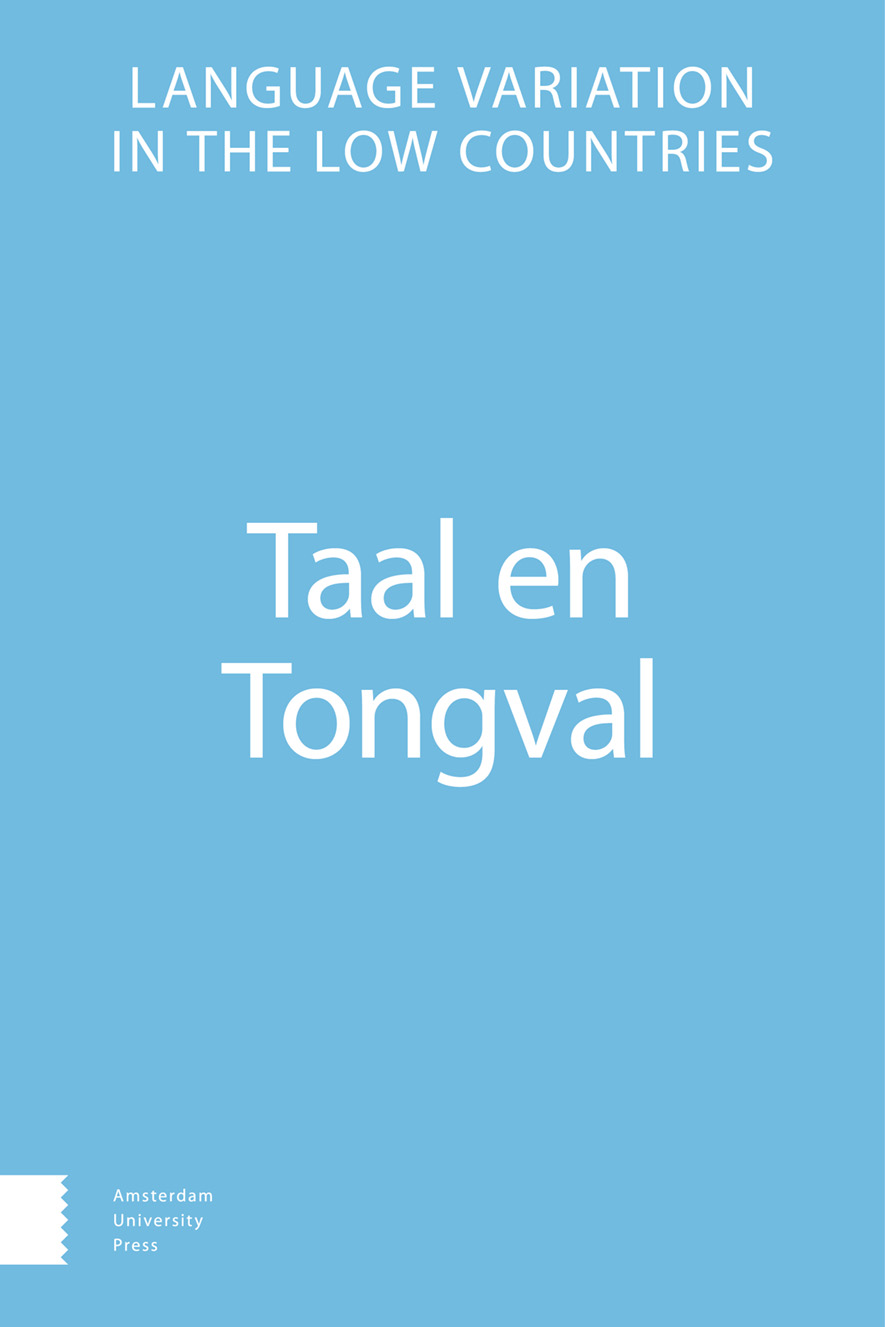-
oa ‘Zijt gij dat of bent gij dat?’
Een alternantiestudie van de tweede persoon enkelvoud van zijn in Vlaamse tussentaal
- Amsterdam University Press
- Source: Taal en Tongval, Volume 75, Issue 2, Dec 2023, p. 190 - 214
-
- 01 Jan 2024
- Previous Article
- Table of Contents
- Next Article
Abstract
In Colloquial Belgian Dutch (CBD) gij bent, a special form of the second person singular of zijn (‘to be’), has appeared, which blends the historically traditional form gij zijt with Standard Dutch bent from jij bent. A logistic regression analysis and general additive model of CBD tweets show that gij bent is popular only in the Brabant dialect area and that usage is highest in the northern Antwerp area. Gij bent is also more likely to appear in tweets with general statements rather than conversations, which hints at a formality difference. Tweets thought to come from women also feature more gij bent. It is plausible that gij bent was able to spread throughout the Brabant dialect area because of a formality reinterpretation. While the form likely originates from the northern Antwerp dialects, it might have been reinterpreted as an innovative, hybrid form in CBD, but only in the Brabant area.


